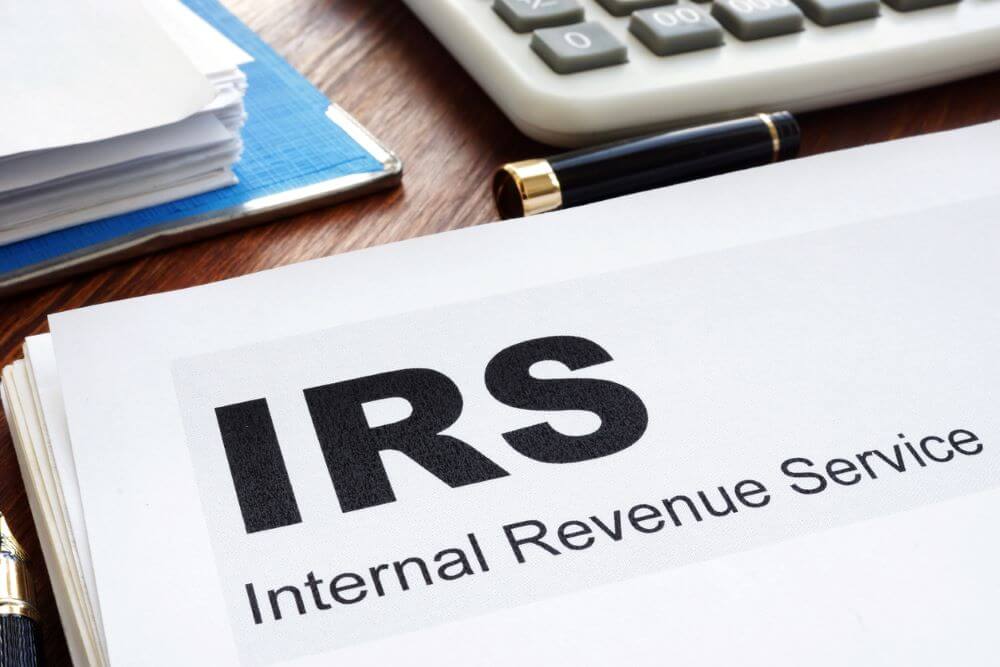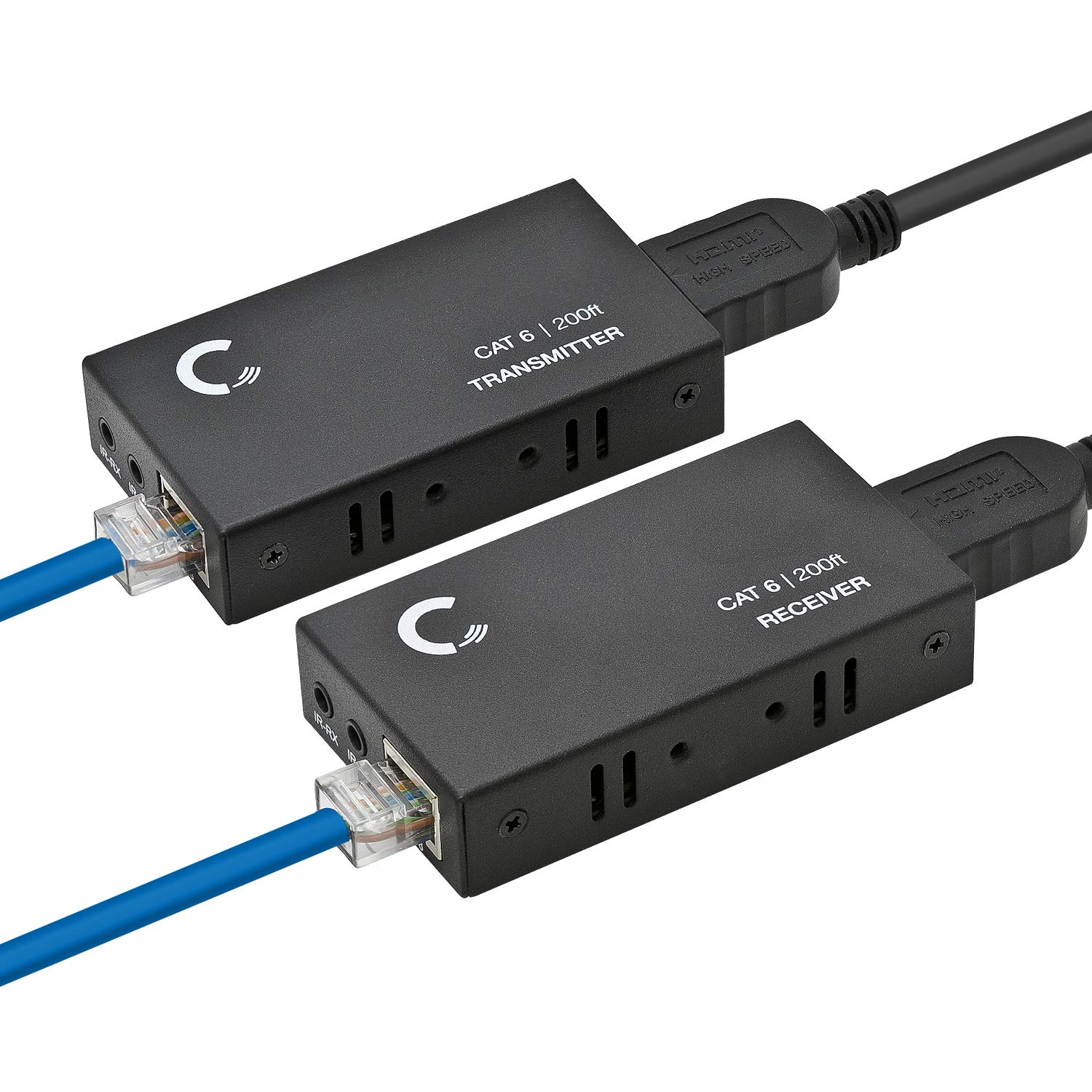Introduction
Welcome to our guide on how to get your IP PIN from the IRS. If you’re not familiar with what an IP PIN is, or why you might need one, you’ve come to the right place. In this article, we’ll provide you with a detailed explanation of IP PINs, their purpose, and the steps to obtain one from the IRS.
An IP PIN, or Identity Protection Personal Identification Number, is a six-digit code issued by the Internal Revenue Service (IRS) to help protect taxpayers from identity theft and prevent fraudulent tax returns. It serves as an additional layer of security to verify your identity when filing your taxes.
Identity theft has become a prevalent issue in recent years, with hackers and scammers constantly finding new ways to steal personal information. The IRS introduced the IP PIN as a proactive measure to safeguard taxpayers’ identities and prevent unauthorized individuals from filing tax returns in their name.
If you’ve ever been a victim of identity theft, or if the IRS suspects that your personal information may be at risk, they may issue you an IP PIN. However, the IRS also allows eligible taxpayers to request an IP PIN as an extra precautionary measure, even if they haven’t been directly affected by identity theft.
In the next sections of this guide, we’ll walk you through the various methods you can use to get your IP PIN from the IRS. Whether you prefer retrieving it online, through the mail, or by phone, we’ll provide you with step-by-step instructions to ensure a smooth and hassle-free process.
So, if you’re ready to take control of your tax filing security and learn how to obtain your IP PIN, continue reading to discover the different options available to you.
What is an IP PIN?
An IP PIN, or Identity Protection Personal Identification Number, is a unique six-digit code assigned by the Internal Revenue Service (IRS) to eligible taxpayers. This code is used as an additional layer of security to protect taxpayers from identity theft and fraudulent tax returns.
When you have an IP PIN, it helps to verify your identity when you file your federal tax returns. It ensures that only you, the rightful taxpayer, can submit your tax documents. Without an IP PIN, someone else could potentially file a fraudulent return in your name and claim your tax refund.
Each year, the IRS issues new IP PINs to eligible taxpayers. This means that even if you have had an IP PIN in the past, you will need to obtain a new one annually. The purpose of this is to prevent anyone from using an old IP PIN to file a fraudulent return.
It’s important to note that not every taxpayer is required to have an IP PIN. The IRS determines eligibility for an IP PIN based on certain criteria, such as if you have been a victim of identity theft, or if the IRS determines that your personal information may be at risk. Additionally, the IRS may sometimes issue IP PINs to specific geographic areas as part of their ongoing efforts to combat identity theft.
Having an IP PIN adds an extra layer of security to protect your identity and your tax return. It helps to prevent unauthorized individuals from filing fraudulent returns using your Social Security number. With the rise in identity theft cases, the IRS strongly encourages eligible taxpayers to opt in to receive an IP PIN.
By obtaining an IP PIN, you can have peace of mind knowing that your tax return will be processed smoothly and that your refund will reach you securely. In the next section, we will explore the various methods you can use to obtain your IP PIN from the IRS.
Why do you need an IP PIN?
Obtaining an IP PIN from the IRS comes with several benefits and serves as an essential step in protecting your identity and tax information. Here are some reasons why you might need an IP PIN:
- Preventing Tax Identity Theft: Tax identity theft occurs when someone fraudulently uses your personal information to file a tax return and claim a refund. By having an IP PIN, you add an extra layer of protection to verify your identity and ensure that only you can file your tax return.
- Secure Tax Filing: With an IP PIN, your tax return is secured against unauthorized individuals attempting to file fraudulent returns in your name. It helps prevent delays in processing your return and ensures that you receive the refund you are entitled to.
- Avoiding IRS Rejection: If you have been issued an IP PIN by the IRS and fail to include it when filing your tax return, the IRS may reject your return. Including your IP PIN is crucial to avoid any complications or rejection from the IRS.
- Peace of Mind: Knowing that you have an IP PIN provides peace of mind, knowing that your tax return and personal information are protected. You can rest assured that your tax filing process will be secure and that your refund will be delivered to you without any issues.
It’s essential to note that an IP PIN is specifically used for tax-related purposes and does not replace your Social Security number (SSN) or any other form of identification. It serves as an additional layer of security to safeguard your tax information and prevent tax-related identity theft.
By utilizing an IP PIN, you are taking an active step in protecting yourself from potential identity theft and ensuring that your tax filing process is secure. In the next section, we will explore the methods you can use to obtain an IP PIN from the IRS.
How to get an IP PIN from the IRS
If you are eligible and interested in obtaining an IP PIN from the IRS, there are several methods available to you. Let’s explore three common options:
- Option 1: Retrieve your IP PIN online: The IRS offers an online tool called “Get an IP PIN” on their website. To use this option, you will need to create an account or log in with an existing account. The process involves verifying your identity through a series of security questions. Once successfully verified, you will receive your IP PIN online, which you can use for your tax filing.
- Option 2: Retrieve your IP PIN by mail: If you prefer to receive your IP PIN by mail, you can use the “Get an IP PIN by Mail” option provided by the IRS. You will need to submit Form 15227, Application for an Identity Protection Personal Identification Number, either electronically or by mail. After the IRS processes your application, they will send you a letter containing your IP PIN.
- Option 3: Retrieve your IP PIN by phone: The IRS also offers a phone option for obtaining your IP PIN. You can contact the IRS Identity Protection Specialized Unit at the provided phone number and follow the instructions to retrieve your IP PIN. Remember to have your personal information ready for verification purposes during the call.
Each option has its own advantages, so choose the one that best suits your convenience and preference. It’s important to note that the availability of these options may vary based on factors such as eligibility and IRS procedures.
Additionally, it’s worth mentioning that if you have already been issued an IP PIN in previous years, you should receive a new IP PIN automatically each year. The IRS will mail it to the address on file, so ensure that your contact information is up to date.
Now that we have covered how to obtain an IP PIN from the IRS, let’s discuss what to do if you have lost or forgotten your IP PIN in the next section.
Option 1: Retrieve your IP PIN online
If you prefer a convenient and fast method to obtain your IP PIN from the IRS, you can use the “Get an IP PIN” online tool available on the IRS website. Here’s a step-by-step guide to retrieve your IP PIN online:
- Visit the IRS website and navigate to the “Get an IP PIN” page.
- Click on the “Get an IP PIN” button to start the process.
- Create an account if you don’t have one, or log in with your existing account credentials.
- Follow the instructions to verify your identity. You will be asked a series of questions to confirm your personal information.
- Once your identity is successfully verified, you will receive your IP PIN online.
After obtaining your IP PIN online, make sure to keep it in a safe place. You will need this code when filing your tax return to validate your identity and ensure a smooth tax filing process.
It’s important to note that the online retrieval option for an IP PIN is available once a year, usually in mid-January. Ensure that you have all the necessary information and meet the eligibility requirements to use this method.
If you encounter any issues or have difficulty retrieving your IP PIN online, the IRS provides additional guidance and resources on their website to assist you. You can also contact the IRS helpline for further assistance.
Now that you know how to retrieve your IP PIN online, let’s explore the next option: retrieving your IP PIN by mail.
Option 2: Retrieve your IP PIN by mail
If you prefer to receive your IP PIN via mail, the IRS provides an option for you to obtain it. Here’s a step-by-step guide on how to retrieve your IP PIN by mail:
- Access Form 15227, Application for an Identity Protection Personal Identification Number, on the IRS website.
- Complete the form by providing accurate and up-to-date personal information.
- Submit the form electronically through the IRS website or print it out and mail it to the address provided on the form.
- Once the IRS processes your application, they will mail a letter to the address on file, containing your IP PIN.
It’s important to ensure that you provide correct and current contact information to receive the letter with your IP PIN. Update your address with the IRS if necessary to prevent any issues with delivery.
Upon receiving your IP PIN by mail, keep it in a safe place. You will need it when filing your tax return to verify your identity and protect against potential identity theft.
Allow ample time for the IRS to process your application and send your IP PIN letter. The timing may vary, so it’s best to submit your application well in advance of the tax filing deadline.
If you have any questions or need additional assistance during the process, the IRS provides resources and support on their website, as well as a helpline to help address your concerns.
Now that you’re familiar with how to retrieve your IP PIN by mail, let’s move on to the next option: retrieving your IP PIN by phone.
Option 3: Retrieve your IP PIN by phone
If you prefer a more direct approach to obtaining your IP PIN, you can retrieve it through a phone call with the IRS. Here’s a step-by-step guide on how to retrieve your IP PIN by phone:
- Call the IRS Identity Protection Specialized Unit at the designated phone number provided on the IRS website.
- Listen carefully to the automated system prompts and select the option to request an IP PIN.
- Be prepared to provide your personal information for identity verification purposes, such as your Social Security number, date of birth, and tax filing information.
- Once your identity is successfully verified, the representative will provide you with your IP PIN over the phone.
It’s crucial to have all the necessary information readily available during the call to expedite the process and ensure a smooth retrieval of your IP PIN. Make sure to write down or digitally record your IP PIN in a secure location for future reference.
Keep in mind that the availability of this option may vary based on IRS procedures and timelines. It’s recommended to contact the IRS during their operating hours and to be prepared for possible wait times, especially during peak tax seasons.
If you encounter any difficulties or have questions while retrieving your IP PIN by phone, the IRS provides additional resources and assistance on their website. They also offer a helpline to support you in the process.
Now that you know the steps to retrieve your IP PIN by phone, let’s move on to what you should do if you have lost or forgotten your IP PIN.
What to do if you lost or forgot your IP PIN
If you have lost or forgotten your IP PIN, there are steps you can take to recover it. Here’s what you should do:
Step 1: Check your records: Before taking any further action, check your previous tax-related documents such as tax returns, IRS correspondence, or previous IP PIN letters. Your IP PIN may be listed on one of these documents, and it’s essential to double-check to ensure you haven’t overlooked it.
Step 2: Retrieve your IP PIN online: If you previously obtained an IP PIN and have lost the physical letter, you can use the online “Get an IP PIN” tool on the IRS website. This option allows you to recover your IP PIN electronically by providing the necessary personal information and completing the identity verification process.
Step 3: Contact the IRS: If you are unable to retrieve your IP PIN online or if you have never received an IP PIN before, you can contact the IRS Identity Protection Specialized Unit for assistance. They will guide you through the verification process and assist you in recovering your IP PIN.
Step 4: File your tax return: Once you have retrieved your IP PIN, make sure to include it when filing your tax return. The IP PIN serves as an additional layer of security and ensures the authenticity of your tax filing. Failing to include your IP PIN may result in delays or rejection of your tax return by the IRS.
It’s crucial to keep your IP PIN safe and secure. Memorize it or store it in a secure location that is separate from your other personal documents to minimize the risk of unauthorized access.
If you continue to experience difficulties or have questions regarding your IP PIN, the IRS provides resources on their website and a helpline for further assistance. They are dedicated to helping taxpayers navigate through the process and ensure the security of their tax-related information.
Now that you know what to do if you have lost or forgotten your IP PIN, let’s explore how to use your IP PIN when filing your taxes.
How to use your IP PIN when filing your taxes
Once you have successfully obtained your IP PIN, it’s important to understand how to use it when filing your taxes. Here’s a step-by-step guide on utilizing your IP PIN:
Step 1: Gather your tax documents: Collect all the necessary tax documents, including W-2 forms, 1099 forms, and other financial records relevant to your income and deductions.
Step 2: Complete your tax return: Use tax preparation software or work with a tax professional to complete your tax return. Enter all the required information accurately and thoroughly.
Step 3: Include your IP PIN: On your tax return, you will find a designated field specifically for entering your IP PIN. Ensure that you enter the six-digit code correctly and accurately without any spaces or dashes.
Step 4: Sign and submit your tax return: Once you have finished completing your tax return and have provided your IP PIN, sign your return electronically or by mail, depending on the filing method you choose. Follow the instructions provided by the IRS for proper submission.
Step 5: Maintain a copy of your tax return: It’s crucial to keep a copy of your tax return, along with all supporting documents, for your records. This will provide you with a reference point in case of any future inquiries or audits.
By using your IP PIN when filing your tax return, you provide an extra layer of security and verification, ensuring that only you can access and file using your personal information.
It’s important to note that your IP PIN will change annually, so you must obtain a new IP PIN each year if you are eligible. Therefore, it’s crucial to stay updated and aware of any new IP PINs issued by the IRS.
If you have any concerns or questions while using your IP PIN, the IRS provides resources on their website and a helpline to assist you. Take advantage of these resources to ensure a smooth and secure tax filing process.
Now that you know how to use your IP PIN when filing your taxes, let’s conclude our guide on obtaining and utilizing an IP PIN from the IRS.
Conclusion
Obtaining an IP PIN from the IRS is a proactive step in safeguarding your identity and protecting yourself from tax-related identity theft. With the increasing prevalence of identity theft cases, an IP PIN adds an extra layer of security to ensure the authenticity of your tax returns and prevent unauthorized individuals from filing fraudulent returns in your name.
In this guide, we have explored what an IP PIN is and why you might need one. We have also discussed the various methods available to retrieve your IP PIN from the IRS, including online retrieval, mail application, and phone assistance. Additionally, we have covered what to do if you have lost or forgotten your IP PIN, and how to use your IP PIN when filing your taxes.
Remember to keep your IP PIN in a secure location and include it correctly when filing your tax return. This will help streamline the tax filing process and protect your sensitive information.
If you encounter any difficulties or have questions throughout the process, the IRS provides resources on their website and a helpline to assist you. Take advantage of these resources to ensure a smooth and secure experience.
By staying proactive and utilizing an IP PIN, you can have confidence in the security of your tax filings and protect yourself from potential identity theft. Stay vigilant and be proactive in safeguarding your personal and financial information.
We hope this guide has provided you with valuable insights and guidance on obtaining and utilizing an IP PIN from the IRS. Take the necessary steps to protect yourself, stay informed, and file your taxes securely.

























